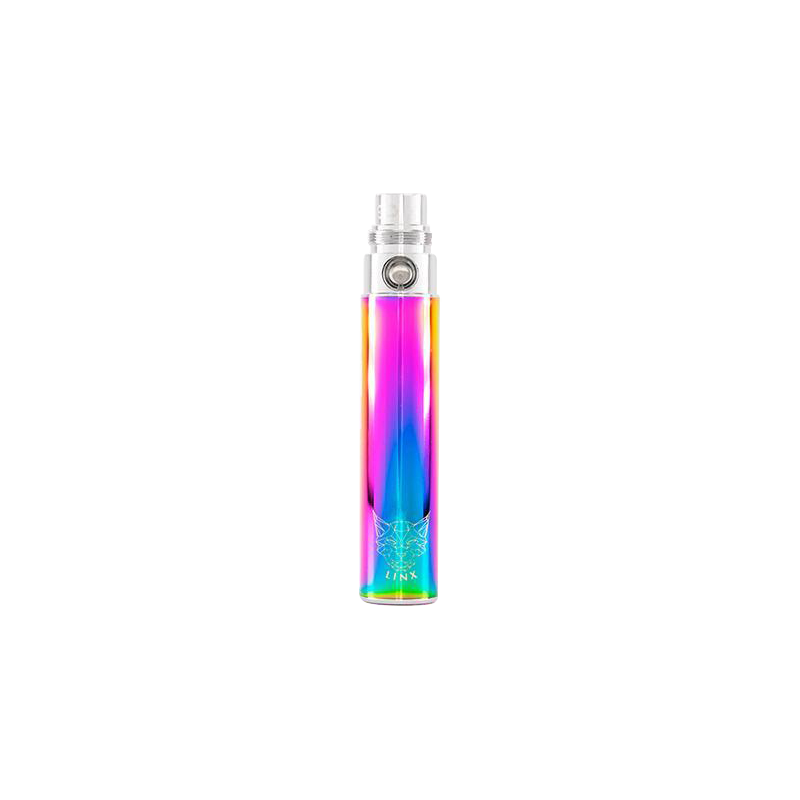

We’ve come to love Linx’s take on the ceramic atomizer in the Hypnos Zero, with a ceramic disk instead of traditional donut. The all-quartz medical grade material guarantees a clean, wholesome and terpy vapour. The quartz ‘bucket’ is adequately protected by a thick stainless steel outer shell and allows for immediate heat transfer from the inlaid heating element coiled up under the bucket. The Blaze incorporates this heating method in a highly compact atomizer with impressive results. Linx has paid close attention to developments in larger dab rigs where quartz banger nails with electric heating elements have become a trustworthy alternative. The Blaze is definitely a trailblazer when it comes to the new Ace atomizer, featuring an all quartz bowl, separated from a highly responsive heating element. While the case is definitely sturdy and sports a beautiful matte black finish and a subtle grey Linx emblem, it’s not exactly pocket-sized. Linx provides screw-on caps for its replacement atomizers so we’re still wondering why they are not included with the initial vaporizer set - having an extra atomizer in your pocket would sometimes be preferable than bringing the case along.

#Hypnos battery portable#
It's definitely bulkier than its predecessor but still more compact than most portable vaporizers out there. Keeping your borosilicate mouthpiece from clogging and scratching is a big plus. In terms of portability, the Linx Blaze is one step up from the Hypnos Zero in that it comes with a magnetic lint cap.
#Hypnos battery code#
The design as well as a suite of code functions that enable the user to configure all the Hypnos board features are detailed.Linx Blaze review - Performance Fits snugly in your pocket By integrating all these components into a single PCB, we save cost while significantly reducing physical system size. The onboard RTC acts as an alarm clock that wakes a user-attached microprocessor from low-power sleep modes in between sample cycles. The hardware is laid out in a “Feather” form factor, a popular configuration in the open-source hardware community, to easily mate with other industry standard products. To enable faster prototyping, the Openly Published Environmental Sensing Lab abstracted all of these requirements into a single printed circuit board (PCB), Hypnos, that can be included in any project to achieve these commonly-required capabilities: powering on and off connected sensors on a schedule and logging collected data to the removable SD card. These tasks are commonly accomplished through integrating separate off-the-shelf components into the desired system such as: power relays, SD card hardware, Real-Time Clocks (RTCs), and coin cell batteries. Sensor-management systems typically perform three fundamental tasks: sample sensors at a specified time or period, save data onto retrievable media, and switch power to components on and off in between sample cycles to conserve battery energy and increase field operation time. Open source in-situ environmental sensor hardware continues to expand across the globe for a variety of applications.


 0 kommentar(er)
0 kommentar(er)
